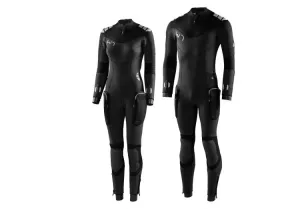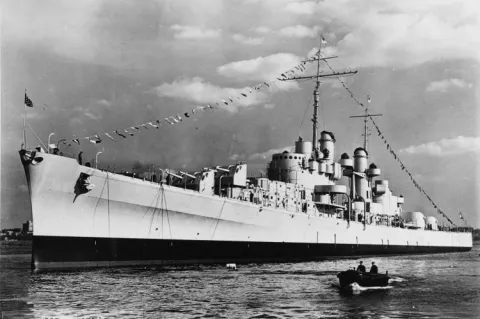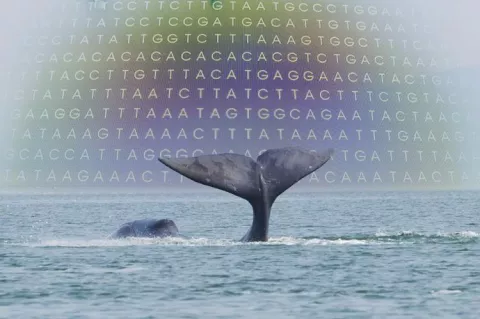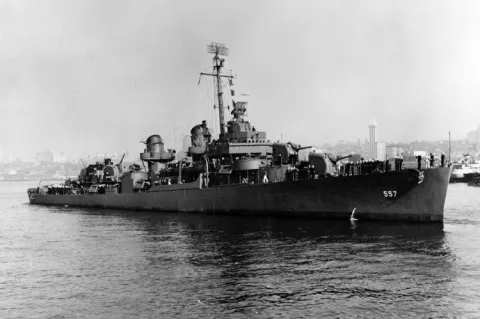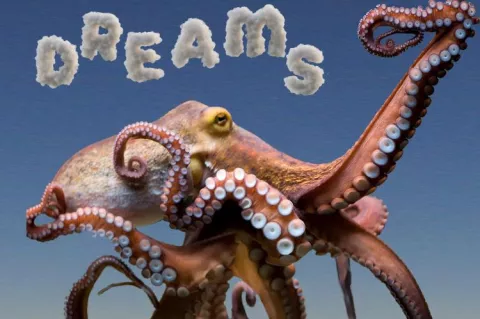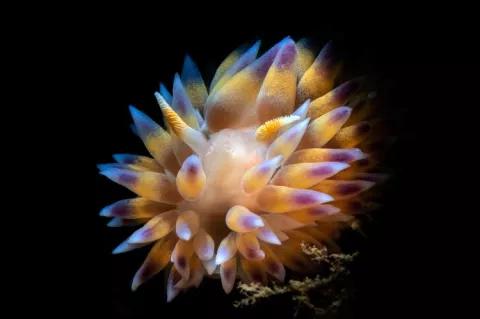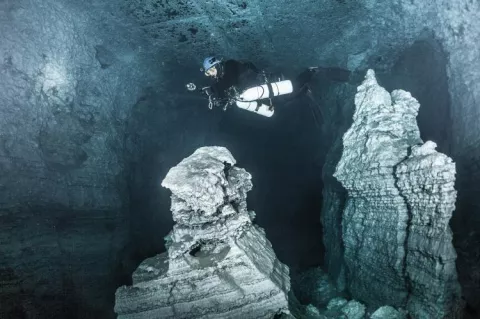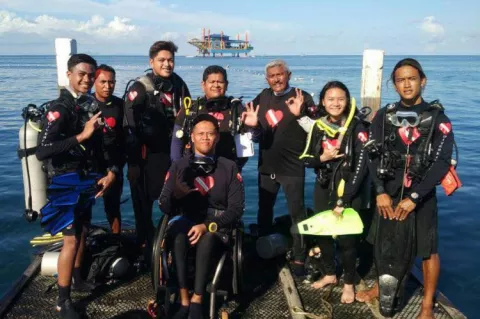Latest
Wreckage of USS Juneau a long-lost WWII cruiser located off Solomon Islands
The Research Vessel R/V Petrel’s autonomous underwater vehicle (AUV) first identified the ship in its side scan sonar on March 17. Upon analysis of the sonar data, the Petrel crew deployed its remotely operated underwater vehicle (ROV) on March 18 to verify the wreckage through its video capabilities.
Airlines start dropping pandemic-specific rules
As more people get their first shots of Covid-19 vaccine, some airline industry traditions are coming back. Airlines are slowly returning to their old boarding policies, while quietly re-adding change fees to certain tickets.
According to Travel Weekly, the majority of major airlines will go back to assessing fees on Basic Economy fares by April 1, 2021.
Interview with Bruce Partridge: Founder of Shearwater Research
Bruce Partridge is the founder of Shearwater Research, which makes high-quality dive computers, trimix computers and electronic control systems for rebreathers, with simple and intuitive user interfaces and a reputation for being reliable, user-friendly and easy to read underwater.
Why whales don't seem to get cancer
Cetaceans were not limited by gravity in the buoyant marine environment and evolved multiple giant forms, exemplified today by the largest animal that has ever lived: the blue whale (Balaenoptera musculus).
There are tradeoffs, however, associated with large body size, including a higher lifetime risk of cancer due to a greater number of somatic cell divisions over time. The largest whales can have ∼1,000 times more cells than a human, with long lifespans, leaving them theoretically susceptible to cancer.
Prepping for Print
The final stage of creating an image is printing it. Despite the fact that we are living in an increasingly screen-oriented world, a printed image still proves the old saying, “If it’s not printed, it does not exist.” This is 100 percent right. As a matter of fact, only a good print can reveal the full magic and spirit of your image. This is what you, and your images, deserve, and this is what we are going to discuss now.
USS Johnston, world's deepest known wreck, identified
The 115m-long US Navy destroyer is widely known for her bold action in the Battle off Samar, the Philippines. The actions of the relatively lightly armed Johnston—sunk after a fierce battle with a large fleet of Japanese warships—helped stop the Japanese Admiral Kurita's Center Force from attacking vulnerable U.S.
Do octopuses dream?
Scientists used to think that only mammals and birds experienced different sleep states. More recent research, however, has revealed some reptiles and cuttlefish -- another cephalopod and relative of the octopus -- show non-REM and REM-like sleep.
A new study has found that the octopus has ‘quiet’ and ‘active sleep’, with different episode duration and periodicity, and experiences active sleep after a long episode of quiet sleep.
Molecular Products launch flavoured sorb
A number of new products are normally launched at the start of April, and this year did not disappoint.
My Favorite Underwater Photo Technique: Contributors' Picks
We asked our contributors what their favorite underwater photography technique was and they sent us images and insights into a range of intriguing techniques from close-up wide-angle to use of reflective cylinders and Snell's window to circular fisheye and snoots to using sunballs and sunrays for backlighting as well as how to create black backgrounds.
Ten Commandments of Tech Diving Ops, Part II
In part one of this series, which appeared in issue #103, I suggested a few commandments to consider in order to ensure, as far as possible, that your technical dives are safe and successful. These were: First commandment: Prepare paperwork; Second commandment: Nominate a supervisor; Third commandment: Deploy safety divers. In this sequel, I deliver a few more tablets of stone.
Diveheart partners with Tourism Malaysia for Moscow Dive Show 2021
The exhibition is an excellent opportunity to connect with divers in Russia and Eastern Europe and widen the adaptive diving community, according to Jim Elliott, founder of Diveheart.
“We believe that everyone should have the opportunity to experience the life-changing power of scuba diving. There really are no boundaries to what we can achieve, and we have seen time and time again how educational scuba therapy has built confidence and transformed the lives of people with disabilities all over the world,” said Elliott.


